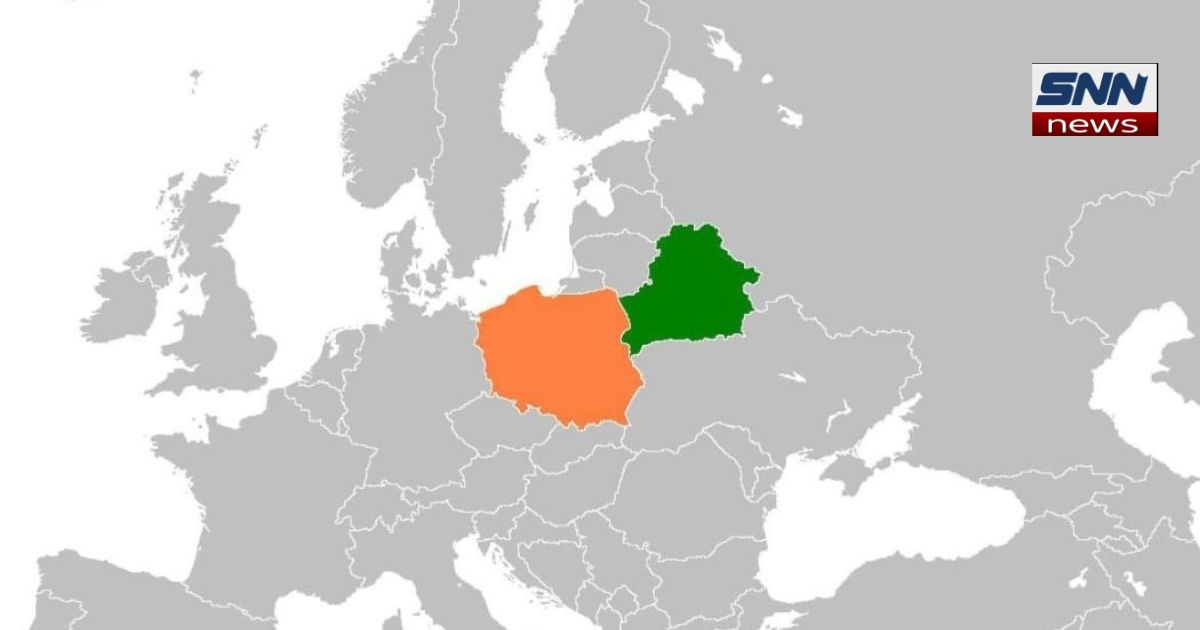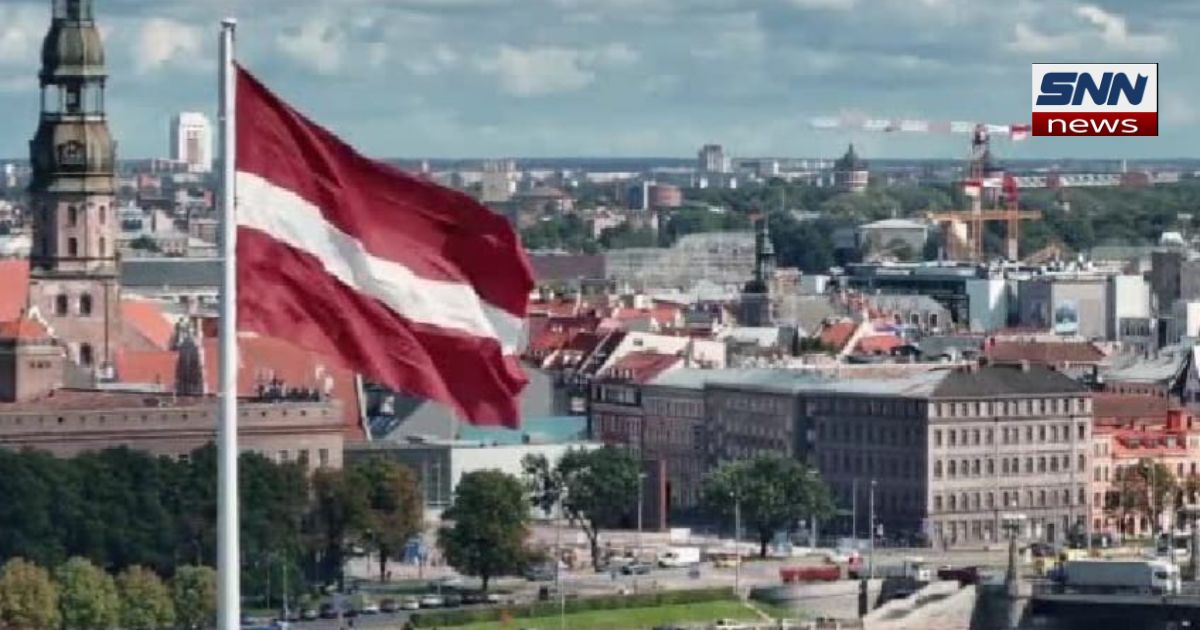SHUMAILA ASLAM
Scandinavian news agency
Bureau Chief Pakistan
Beautiful jewelry adorned with precious gemstones, exquisite clothing, or stunning decorative pieces—all have a way of capturing attention. Gemstone-crafted items are in high demand worldwide.
Pakistan is also rich in natural mineral wealth. The history of gemstones in Pakistan dates back five thousand years to the Indus Valley Civilization and continues to this day.
After the creation of Pakistan, precious stones such as emeralds, rubies, aquamarine, and corundum were discovered.
This information was reported in 1951 by Pakistan’s Geological Survey. Pakistan is considered abundant in mineral resources.
The country has significant deposits of various minerals, including copper, gold, iron ore, coal, chromite, precious stones, and more.
Although the mining sector holds great potential, it faces numerous challenges in terms of investment, technology, and policy implementation.
Pakistan is home to a wide variety of precious stones. These are found in the country’s three major mountain ranges—the Hindu Kush, Himalayas, and Karakoram—in Khyber Pakhtunkhwa, Gilgit-Baltistan, Balochistan, and the Federally Administered Tribal Areas (FATA).
Gemstone Production in Pakistan.
Yes, Pakistan produces both precious and semi-precious stones. The country is renowned for its deposits of emeralds, rubies, pink topaz, peridot, and many other types of gemstones.
These stones are found in regions such as Khyber Pakhtunkhwa, Gilgit-Baltistan, Balochistan, FATA, and Azad Kashmir. Pakistan is considered the fifth-largest repository of precious stones in the world.
Pakistan boasts a variety of precious stones, including emeralds, rubies, topaz, peridot, aquamarine, and tourmaline.
Most gemstone deposits are located in Pakistan’s northern and northwestern regions, particularly in the Hindu Kush, Himalayan, and Karakoram mountain ranges.
Pakistani gemstones are famous worldwide, with Hunza rubies being especially renowned.
Despite abundant resources and production,
Pakistan’s gemstone industry has significant potential for growth and increased revenue, particularly in the value-added products sector.
The industry faces several challenges, such as inadequate infrastructure, security concerns in certain areas, and an overemphasis on exporting raw stones.
Pakistan is working on establishing a “Gem City” in Islamabad to attract foreign investment and promote the gemstone industry.
3.42-Carat Triplite from Pakistan: The World’s Rarest Gemstone
Behold the astonishing and extremely rare triplite—a gemstone that surpasses all expectations and captivates the imagination.
The Mughal Era (1526–1857)
During the Mughal Empire, gemstone mining and trade in Pakistan reached new heights. The Mughals were great patrons of the arts and had a particular fondness for gemstones.
They brought master craftsmen from around the world to work on their jewelry, creating some of the most exquisite pieces ever made.
Swat Emeralds
The earliest recorded use of Swat emeralds dates back to the 1st century AD when they were traded along the ancient Silk Road.
These emeralds were highly popular among the Mughal emperors of India, who used them in their jewelry and decorations.
The northern region of Swat Valley has been a significant source of emeralds for centuries.
Swat emeralds are highly valued for their unique color and clarity, making them a favorite among jewelers and collectors worldwide.
Actually a lot of Pakistani areas are rich in these treasures but here we mention some famous ones.
The history of pink topaz from the Katlang Valley spans several centuries. This region is traditionally known for its mining of precious stones, where locals have been extracting valuable gems from the earth using manual tools for generations.
The discovery of topaz in the Katlang Valley dates back to the late 19th century, with pink topaz being the rarest and most valuable variety. It was found by local miners who stumbled upon the stone while searching for other minerals.
In the early 20th century, the British government took an interest in the region’s precious stones and systematized the mining process.
The British established mines and employed local laborers to extract pink topaz and other valuable gems. These stones were then exported to other parts of the world, where they were used in jewelry and decorative items.
Even today, pink topaz is extracted from the Katlang Valley using traditional methods, with locals and small mining companies actively involved in its extraction. Due to its unique color and rarity, this gemstone is highly valued and sold in markets worldwide.
However, the mining of precious stones in this region faces several challenges, including illegal mining, environmental degradation, and the exploitation of local laborers. Efforts are ongoing to address these issues and make mining in the Katlang Valley more sustainable and efficient.
Zagi Mountain (Zagi Shan)
Zagi Mountain, also known as Zagi Shan, is located in a remote area of Pakistan near the Afghan border. This region is famous for its vast deposits of rare earth minerals, which are crucial for modern technologies such as smartphones, electric vehicles, and wind turbines.
Skardu
Skardu is the capital of Baltistan. The city is situated at an elevation of approximately 2,300 meters, southeast of Gilgit.
The 215-kilometer journey from Gilgit to Skardu takes a full day, and along the way, there are world-class mineral sites.
Despite the potential for economic growth, Pakistan’s precious stone mining industry faces numerous challenges, including political instability, lack of investment, and limited infrastructure.
Efforts are being made to improve the situation, such as establishing facilities for cutting and polishing gemstones and adopting sustainable mining practices.
The Pakistani government should focus on this sector under a modern system to maximize foreign exchange earnings from these natural treasures and ensure their optimal utilization within the country.









